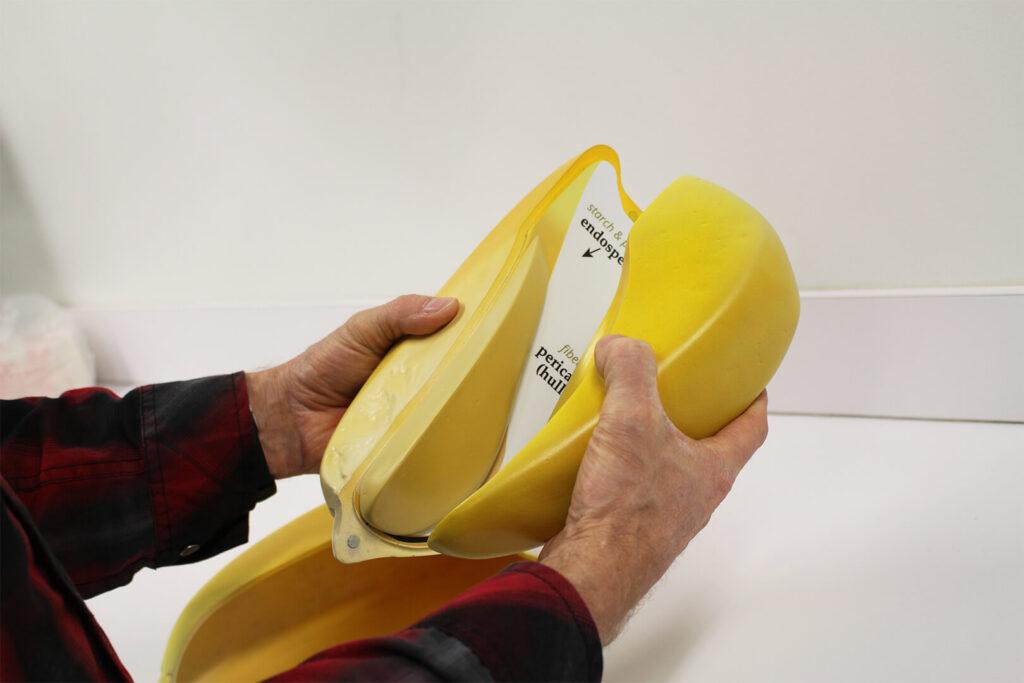
You probably remember this from your school days: you studied for the exam, but when it’s time to take it, your mind’s a blank. Learning the material is one thing, and retaining what you learned is another (to the dismay of students since time immemorial).
Similarly, you can have a perfect strategy for increasing agricultural literacy. But if your audience doesn’t remember anything from your programs, they don’t do much. So what are some ways to create memorable ag education programs? Glad you asked.
Making Ag Education Memorable with Consistency…
First, have programs consistently. That makes sure your audience doesn’t forget about you, for one thing. For another, it’ll help people remember what you’re all about. Repetition, after all, is key to memorization. (That’s why flash cards work.) So if you’re out there consistently talking about agriculture, people are more likely to remember.
You should also be consistent in your messaging. Have some key takeaways that you come back to often. Soybean checkoffs, for instance, often point out the connection (via livestock feed) between soybean meal and delicious steaks and bacon.
By repeating the facts you really want your audience to remember, you’ll make them more memorable. (Of course, don’t come back too often; you need some variety too.)
…And with Variety
Which is where the next strategy comes in. Make sure your programs share facts in a variety of ways. That is, instead of communicating only through words (like speeches or handouts), add an audio, visual, or tactile element as well. Engaging more than one of people’s senses makes the information more vivid, so they’re more likely to remember it.

Tactile elements really let your audience get involved. Take our Pull-Apart Corn Kernel model as an example. Students (or adults!) can take it apart to see the different parts of a corn kernel. They can feel, not just see, how it all fits together.
After all, which sounds more memorable? Seeing a diagram, or holding the parts of a kernel in your hand, fitting the pericarp piece over the seed embryo and then nesting them both inside the hull? That’s what we thought, too.
But you don’t just have to take our word for it. One white paper compared several studies on how helpful different ways of presenting information are. It found that “multimodal learning” — where teachers explained facts in two or more ways — helped the students remember more. In some cases, students recalled over 30% more of the lesson. That’s a lot!
With a handful of key points that you explain through a variety of methods, you’re well on your way to creating ag education programs that your audience enjoys and finds helpful. And hey, if you need some inspiration for engaging displays, we’ve got you covered.
